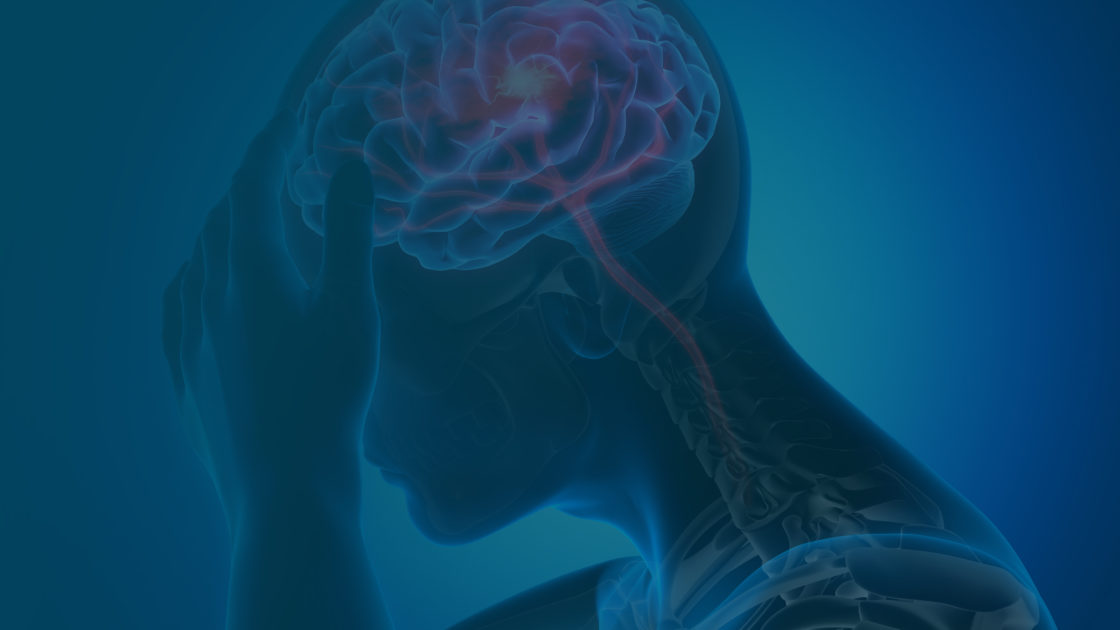
nCounter® Neuroinflammation Panel
Helping Your Research
Neuroinflammation research today requires a broad view of all the underlying aspects of neurological disorders and injury, including an assessment of neurotransmission, neuron-glia interactions, neuroplasticity, cell integrity, neuroinflammation, and metabolism. The nCounter Neuroinflammation Panels support and simplify your neuroinflammation research needs by providing a complete view of the complex interplay between the immune system and the Central Nervous System (CNS). These panels deliver a comprehensive evaluation of the pathways, processes, and cell types that are involved in neuroinflammation. Product highlights include:
- Gene expression profiling of neuroimmune interactions
- The study of drug treatment response and signature generation
- Biomarker characterization
- Research of neurodegenerative disease, traumatic brain injury, psychiatric disorders, neuropathic pain, CNS infection, and others

Panel Selection Tool
Find the gene expression panel for your research with Panel Pro
Find Your Panel
Product Information
Genes included in the Neuroinflammation Panels provide unique cell profiling data for measuring the relative abundance of 5 CNS and 14 peripheral immune cell types in a single sample1. The table below summarizes each cell type represented by gene content in the panel qualified through biostatistical approaches and selected literature in the field of neuroinflammation research.
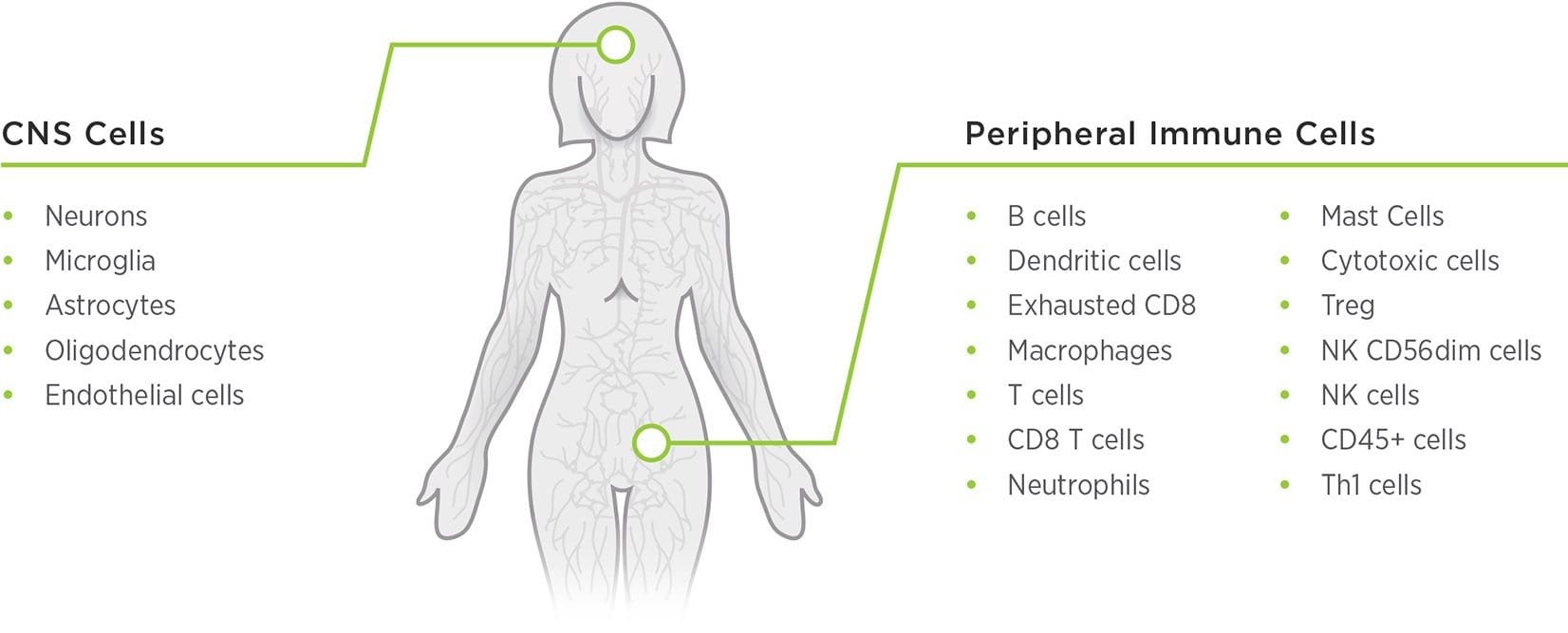
1Danaher P. et al. Gene expression markers of Tumor Infiltrating Leukocytes JITC 2017
Functional annotations for 23 pathways and processes were assigned across the genes in the Neuroinflammation Panels. The 23 pathways and processes represent three core themes of neuroinflammation: immunity and inflammation, neurobiology and neuropathology, and metabolism and stress.
The role of innate immunity in many neurological disorders is now widely accepted in the research world although the relative contributions of these processes to the progression and/or amelioration of these diseases is incompletely understood. Several key processes and pathways are assessed in this panel to provide a comprehensive view of the immune and inflammatory response in the nervous system.
Neuropathology research today requires a broad view of all the underlying aspects of neurological disorders and injury, including an assessment of neurotransmission, neuron-glia interactions, neuroplasticity, cell integrity, neuroinflammation, and metabolism. There are 13 pathways and processes included in this panel to evaluate the impact of neuroinflammation and immune actions in the nervous system on neuropathology.
Metabolic dysfunction and stress have been shown to influence brain activity and disrupt CNS homeostasis and cognitive function by adopting neurotoxic functions. The genes selected for this panel are designed to assess important aspects of metabolism and stress that are known to impact neuroinflammation.
Related Resources

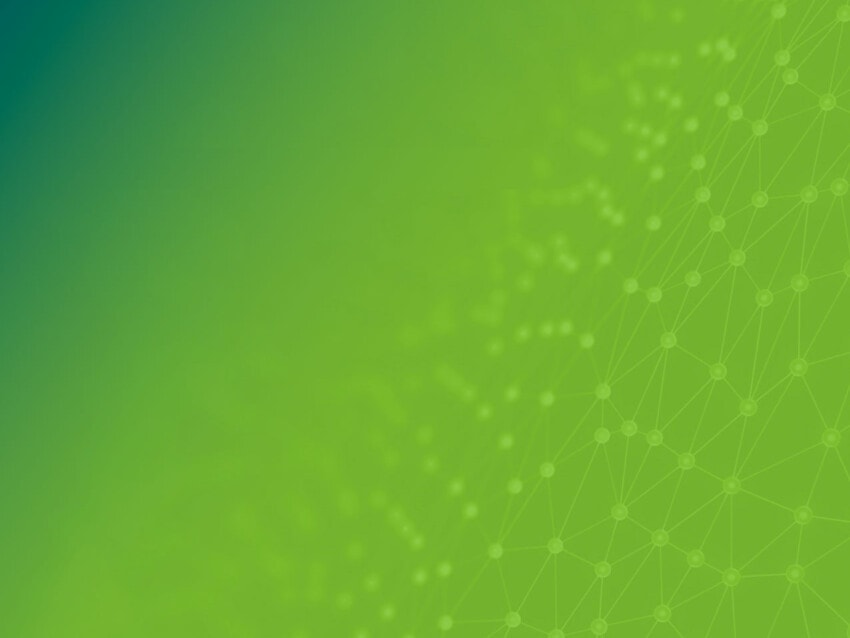



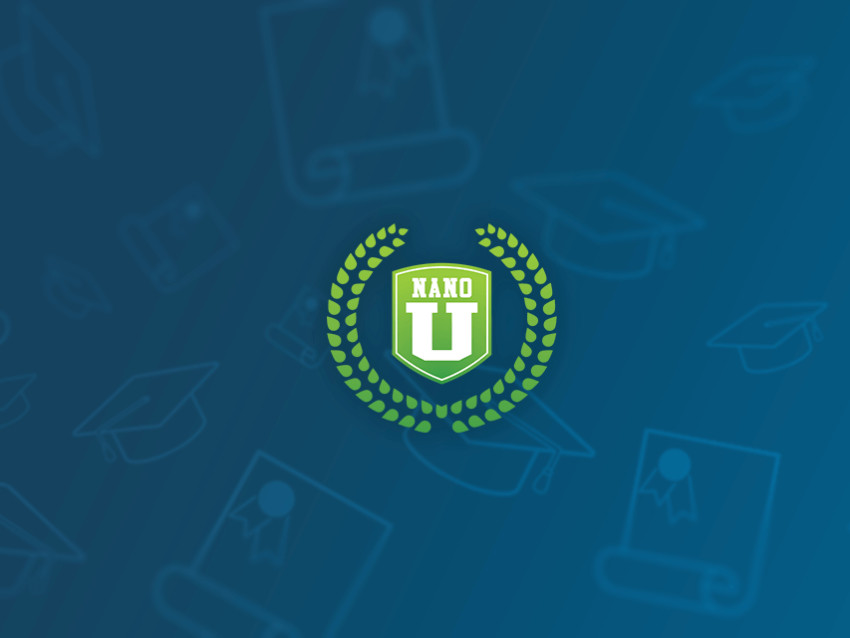

Publications
Spatial transcriptomics reveals molecular dysfunction associated with cortical Lewy pathology
A key hallmark of Parkinson’s disease (PD) is Lewy pathology. Composed of α-synuclein, Lewy pathology is found both in dopaminergic neurons that modulate motor function, and cortical regions that control cognitive function.
Digital spatial profiling of segmental outflow regions in trabecular meshwork reveals a role for ADAM15
In this study we used a spatial transcriptomics approach to identify genes specifically associated with either high or low outflow regions in the trabecular meshwork (TM) that could potentially affect aqueous humor outflow in vivo. High and low outflow regions were identified and isolated from organ cultured human anterior segments perfused with fluorescently-labeled 200 nm FluoSpheres.
Clinically relevant molecular hallmarks of PFA ependymomas display intratumoral heterogeneity and correlate with tumor morphology
Posterior fossa type A (PF-EPN-A, PFA) ependymoma are aggressive tumors that mainly affect children and have a poor prognosis. Histopathology shows significant intratumoral heterogeneity, ranging from loose tissue to often sharply demarcated, extremely cell-dense tumor areas.
Request a Quote
Contact our helpful experts and we’ll be in touch soon.
